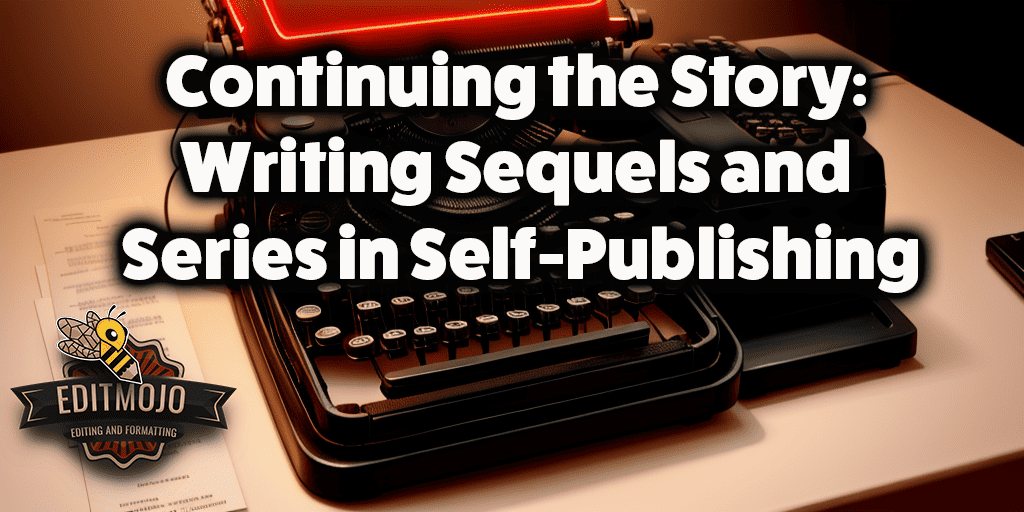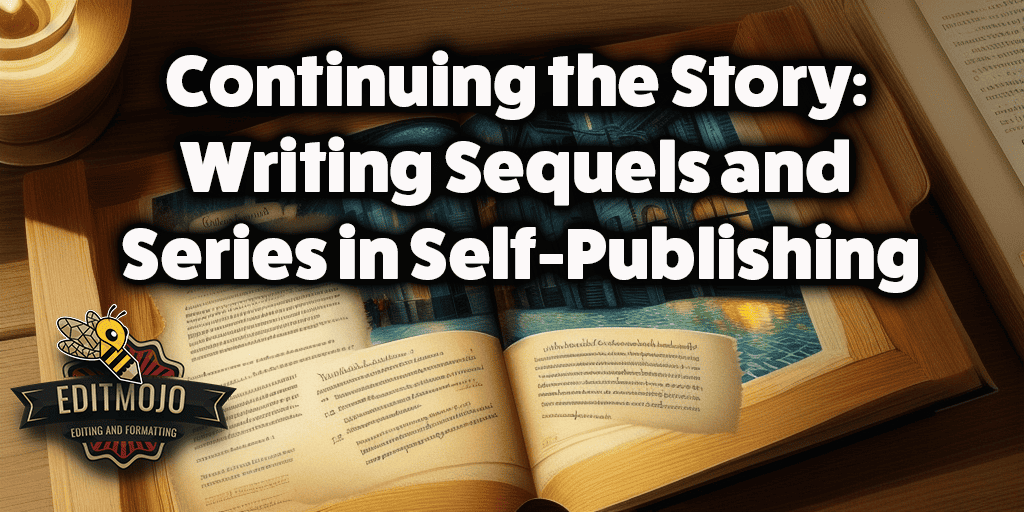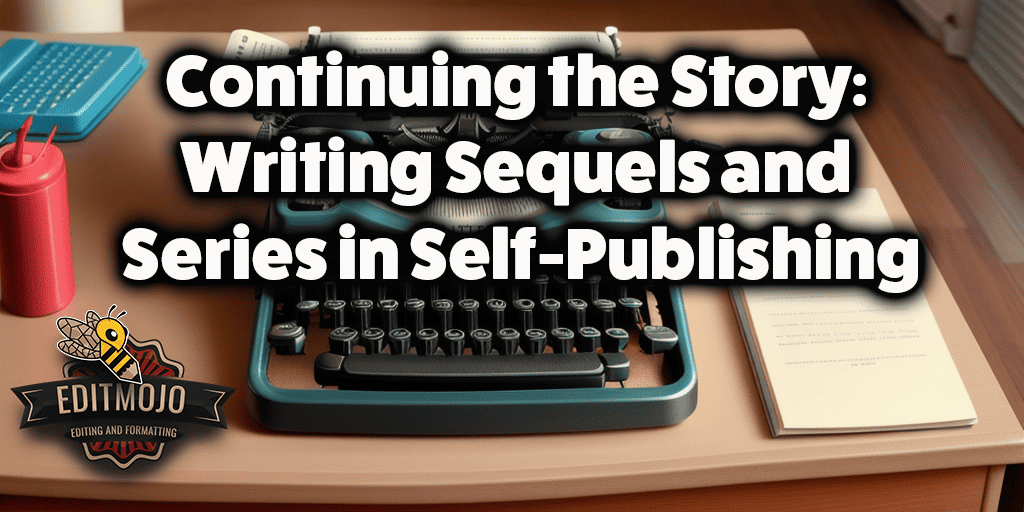Using parentheses and brackets: Proper usage and examples
Using parentheses and brackets: Proper usage and examples. Demystify the mystery of using parentheses and brackets with our comprehensive guide. Discover proper usage and compelling examples to bolster your writing style.
Understanding the art of punctuation can be as exhilarating as mastering the notes of a musical instrument. Just as a well-played melody can delight listeners, judiciously used punctuation can infuse your writing with a harmony that engages readers. Today, we’re here to explore the labyrinth of parentheses ( ) and brackets [ ].
Parentheses ( ) – The Whisperers of Additional Information
Parentheses, those subtle curves, have the power to whisper additional, often intriguing information to your readers. Let’s dive into their proper usage and some expressive examples.

Usage of Parentheses (grammar)
Parentheses subtly encapsulate information that, while not essential, adds extra flavour to a sentence. Like a secret whisper, they convey ‘nice-to-know’ details that don’t disrupt the main message. When using parentheses, ensure that the sentence remains coherent, even if the enclosed details are omitted.
For instance: “John (the one with red hair) loves to read.”
Here, ‘the one with red hair’ offers a slice of extra information about John, but the sentence still makes sense without it.
Examples
- He finally answered (after taking five minutes to think) that he did not understand the question.
- We visited the Louvre (it was incredibly crowded) and saw the Mona Lisa.
Brackets [ ] – The Unsung Heroes of Clarity
Brackets, often overshadowed by their curvier counterparts, are essential to provide clarity, particularly in quoted text. Let’s uncover the secret of using brackets effectively.

Usage of Brackets
Brackets frequently come to the rescue in direct quotations, where they help clarify or add necessary context. They are particularly useful when the original quote is ambiguous or could be misunderstood without additional information.
Consider this example: “She said, ‘I love it [the painting].’”
The brackets help clarify what ‘it’ refers to in the original quote, ensuring that the reader isn’t left guessing.
Examples
- In the interview, the artist stated, “They [the critics] didn’t understand my work.”
- “I’m very excited [about the new job offer],” she told her friends.
Parentheses and Brackets – The Dynamic Duo
Parentheses and brackets can work together, like a dynamic duo, enhancing the clarity and depth of your writing. When a piece of information in parentheses requires its own sub-information, brackets come into play.
For example: “She ordered her favourite dessert (apple pie [made with Granny Smith apples]) to celebrate.”
Enhancing Your Writing
Using parentheses and brackets skillfully can add layers of meaning and intrigue to your writing. They give you the power to play with the rhythm of your text, pause for effect, or whisper secrets to your readers. But remember – like any powerful tool, they should be used sparingly and strategically.
For more tips on improving your writing, check out this article on Effective Writing Techniques.
Master the art of punctuation with us. Become the Mozart of your sentences, crafting symphonies with words and punctuation. Next up: The mesmerizing world of ellipses…

Ellipses … – The Masters of Suspense
After gaining an understanding of parentheses and brackets, let’s explore another punctuation mark that can bring music to your sentences – the ellipses. These three little dots hold the power to either create suspense or gently trail off thoughts.
Usage of Ellipses
Suspense Builder
Ellipses can function as the maestro of suspense in a sentence, holding the reader in a tension-filled moment.
Consider this example: “As she opened the door, she saw…”
Here, the ellipses make you wonder – what did she see? The suspense entices you to continue reading.
Gentle Thought Trails
Ellipses can also suggest a trailing off or the omission of words. It’s like a soft echo, where the voice becomes a whisper before fading out.
For instance: “I thought I could… but never mind.”
This use of ellipses leaves readers with a sense of unspoken thoughts or emotions.
Examples
- She looked at the test result… it was positive.
- I wish I could tell you… but I can’t.
A Symphony of Punctuation
The usage of parentheses, brackets, and ellipses can indeed feel like conducting a symphony. These punctuation marks, when used artfully, can infuse your text with rhythm, suspense, and additional layers of meaning.
It’s important to remember that each punctuation mark has its own role and strength, just like each instrument in an orchestra. Used with consideration and creativity, they can make your writing sing.
Remember, mastering the art of punctuation takes practice. Explore, experiment, and enjoy the process. You’re not only learning the rules, but also how to creatively bend them to craft your unique writing voice. For more in-depth guidance, don’t forget to explore our Complete Guide to Punctuation.
Keep up the tune. Stay tuned for the next episode where we will waltz with the colons and semicolons…
